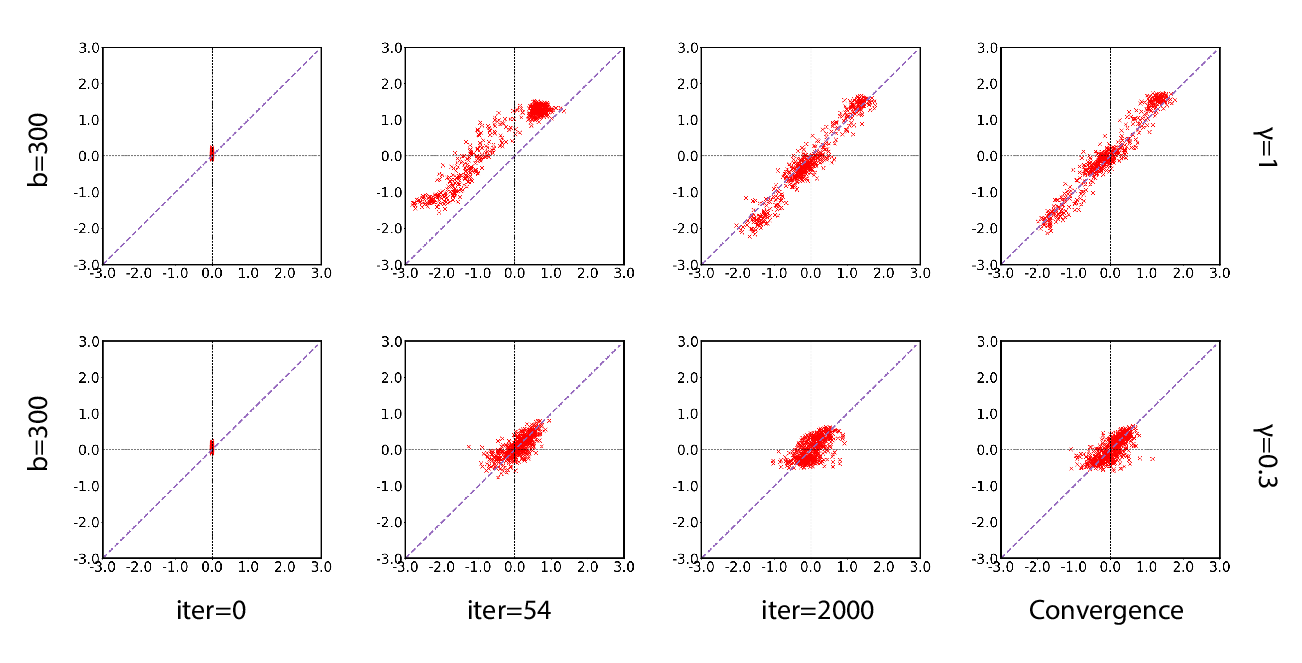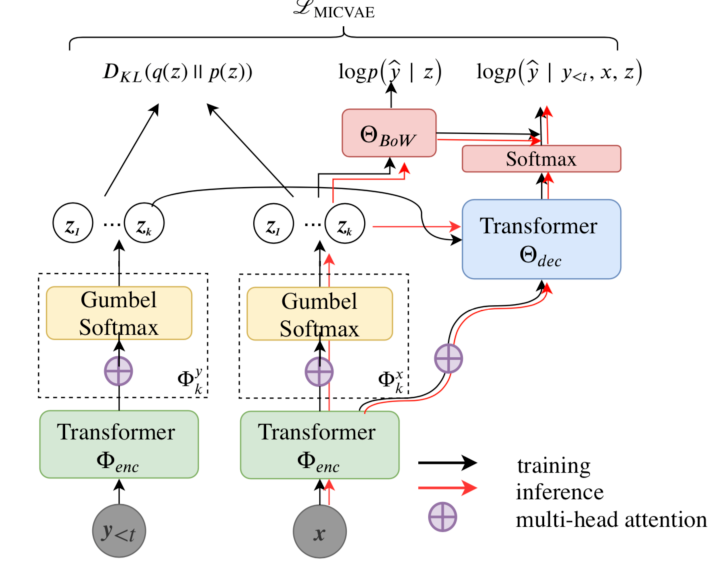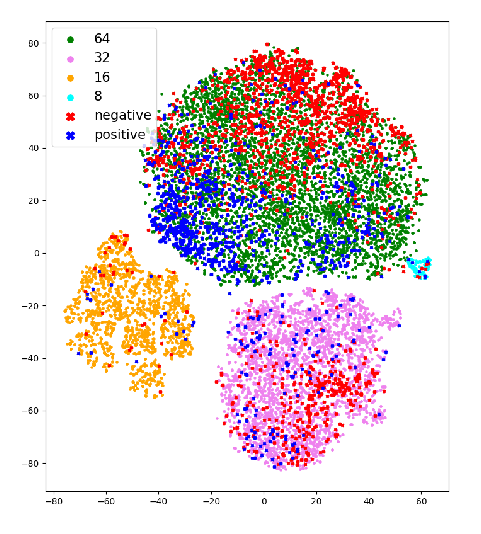Generative Semantic Hashing Enhanced via Boltzmann Machines
Lin Zheng, Qinliang Su, Dinghan Shen, Changyou Chen
Information Retrieval and Text Mining Long Paper
Session 1B: Jul 6
(06:00-07:00 GMT)

Session 3A: Jul 6
(12:00-13:00 GMT)

Abstract:
Generative semantic hashing is a promising technique for large-scale information retrieval thanks to its fast retrieval speed and small memory footprint. For the tractability of training, existing generative-hashing methods mostly assume a factorized form for the posterior distribution, enforcing independence among the bits of hash codes. From the perspectives of both model representation and code space size, independence is always not the best assumption. In this paper, to introduce correlations among the bits of hash codes, we propose to employ the distribution of Boltzmann machine as the variational posterior. To address the intractability issue of training, we first develop an approximate method to reparameterize the distribution of a Boltzmann machine by augmenting it as a hierarchical concatenation of a Gaussian-like distribution and a Bernoulli distribution. Based on that, an asymptotically-exact lower bound is further derived for the evidence lower bound (ELBO). With these novel techniques, the entire model can be optimized efficiently. Extensive experimental results demonstrate that by effectively modeling correlations among different bits within a hash code, our model can achieve significant performance gains.
You can open the
pre-recorded video
in a separate window.
NOTE: The SlidesLive video may display a random order of the authors.
The correct author list is shown at the top of this webpage.
Similar Papers
A Batch Normalized Inference Network Keeps the KL Vanishing Away
Qile Zhu, Wei Bi, Xiaojiang Liu, Xiyao Ma, Xiaolin Li, Dapeng Wu,

Variational Neural Machine Translation with Normalizing Flows
Hendra Setiawan, Matthias Sperber, Udhyakumar Nallasamy, Matthias Paulik,

Addressing Posterior Collapse with Mutual Information for Improved Variational Neural Machine Translation
Arya D. McCarthy, Xian Li, Jiatao Gu, Ning Dong,

